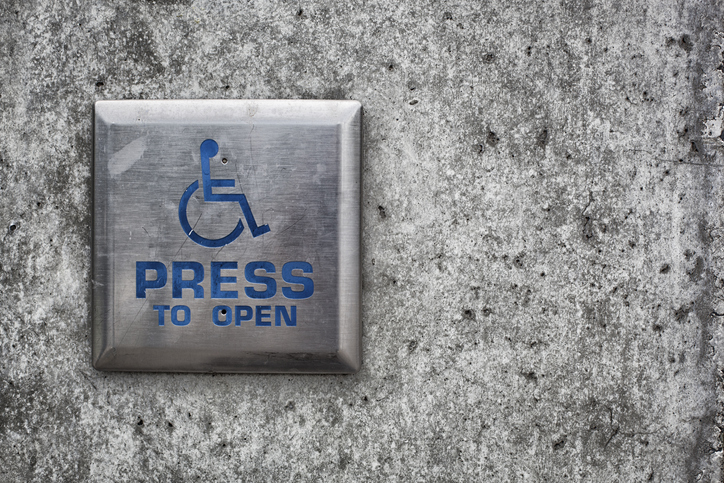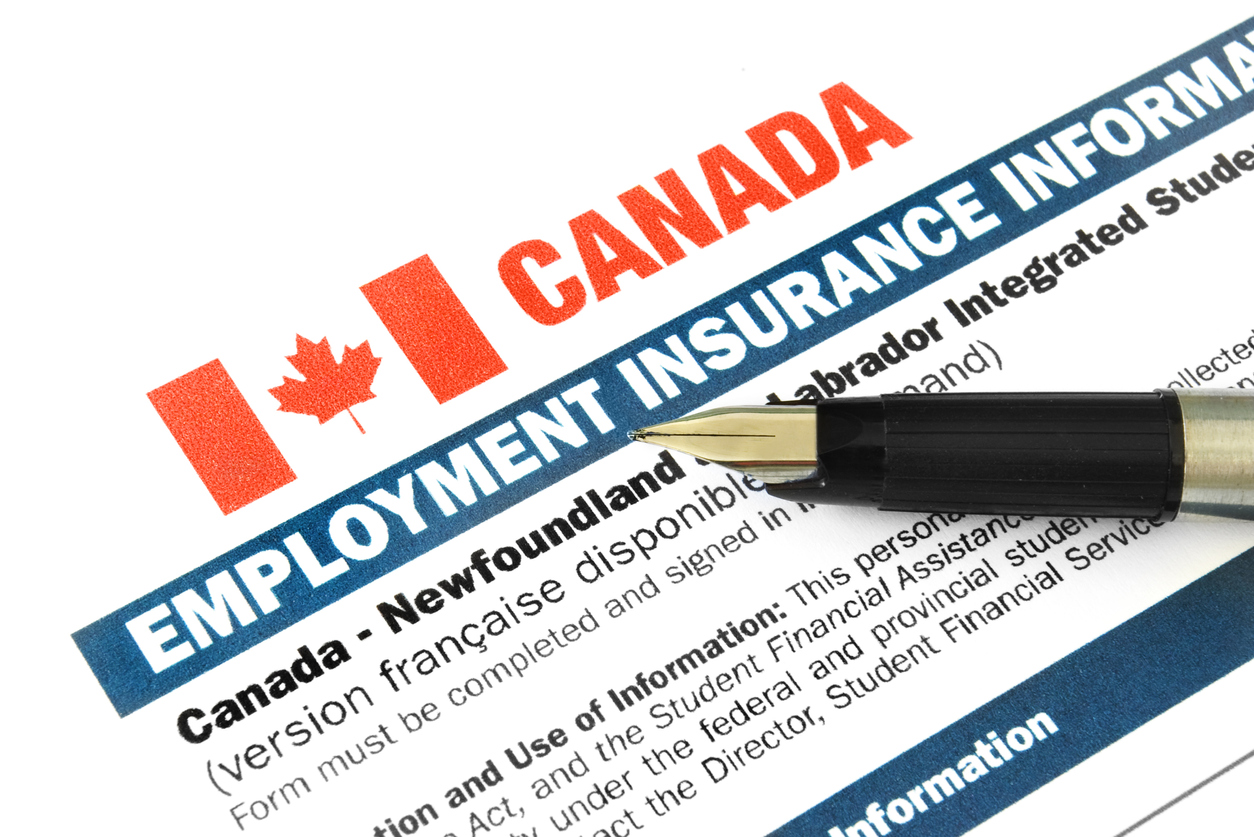Living with Chronic Pain
The Accessible Canada Act

The Accessible Canada Act, which became federal law in 2019, aims to make Canada more inclusive and accessible for all people by identifying, removing and preventing barriers for individuals with disabilities, assuring they have equal opportunities to fully participate in society. The Act requires employers, organizations, and service providers under federal jurisdiction (regulated entities) to proactively identify and remove any accessibility barriers, whether they are physical, architectural, technological, informational or attitudinal.
What is a disability?
According to the Canadian Human Rights Commission, the Accessible Canada Act defines a disability as an “impairment that limits a person’s full and equal participation in society when it meets a barrier.” Disabilities can be invisible (e.g., dyslexia) or visible (e.g., spinal cord injury) or temporary (e.g., broken hip) or permanent (e.g., autism).
Disabilities are categorized into different types:
- Physical or mobility
- Sensory
- Intellectual or developmental
- Cognitive
- Communication
- Learning
- Mental health or psychosocial
Types of barriers
Many barriers that affect people with disabilities also affect people without disabilities. For example, providing ramp access to a building not only removes the barrier of stairs for people using wheelchairs or walkers, it also benefits people pushing baby strollers, delivering large packages, etc. Barriers are not limited to just physical or architectural spaces, they also include the following:
- Attitudes
- Communications
- Technology/information
- Policies
The Canadian Human Rights Commission
The Canadian Human Rights Commission is responsible for monitoring the law and initiating action when necessary. The Accessibility Commissioner’s complaints system is not yet available as of this writing (February 2022); however, in the near future, the Accessibility Commissioner will be responsible for investigating complaints that are filed when an employer, a service, or an organization contravenes the Accessible Canada Act. Until the complaints system is operational, an individual who experiences discrimination, barriers in transportation, or barriers in telecommunications can file a complaint with the following agencies:
- Discrimination: Canadian Human Rights Commission (CHRC)
- Barriers in transportation: Canadian Transportation Agency (CTA)
- Barriers in telecommunications or broadcasting: Canadian Radio-television and Telecommunications Commission (CRTC)
Additional resources: the Canadian Human Rights Commission and the Accessibility Commissioner


















